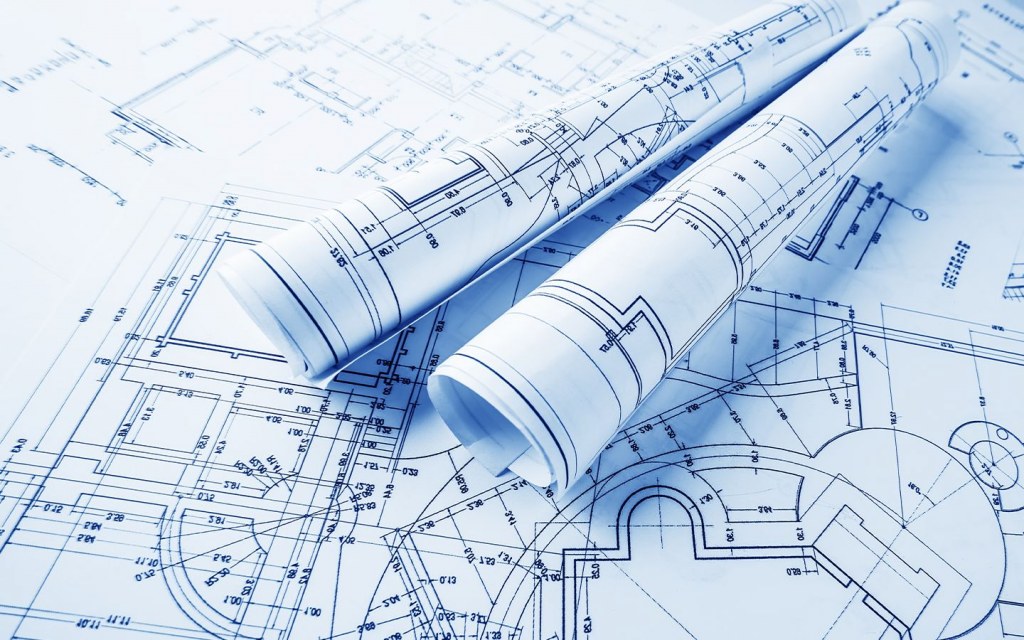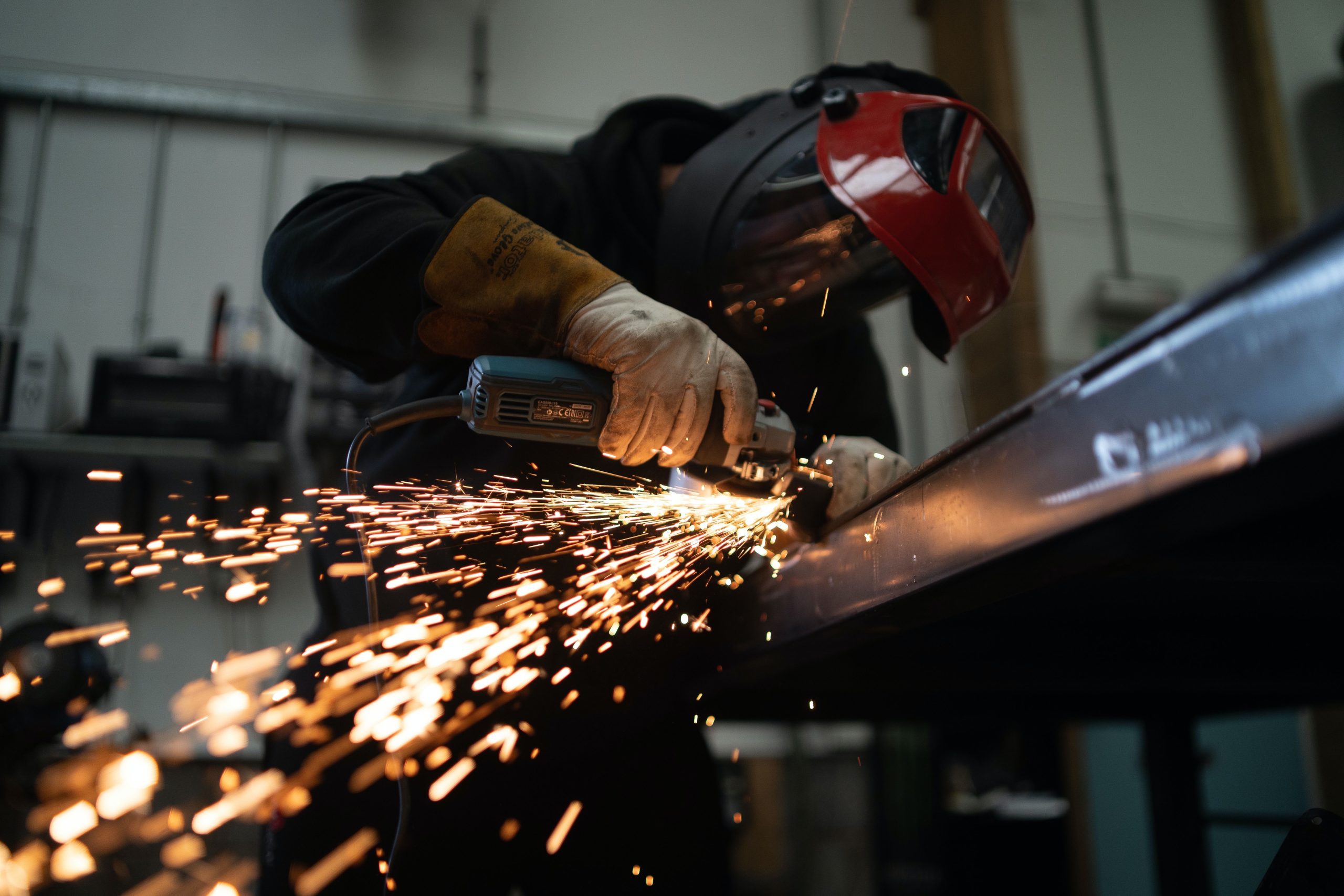Economy

Bradford Warns of “Black Swan” Lurking
Written by John Packard
February 9, 2014
Steel analyst Charles Bradford of Bradford Research spoke at the Port of Tampa Steel Conference this past week. He presented a relatively upbeat analysis of the domestic steel industry. He began by referring to a recent McKinsey and Company report which basically said, “The steel industry has had it, it’s over. The industry doesn’t make enough money to keep the industry up to date.” Mr. Bradford said of the report, “I disagree.”
The U.S. is in a position unlike any other country. Our population grows about 1 percent per year which means 1.5 million housing units per year. This is fundamental growth which is good for the steel industry.
He told the group, “The U.S. and China are both coming along nicely.” This should be a better year than last for the U.S. steel industry.
Mr. Bradford reported that Europe is also beginning to turn around which was highlighted with Mittal (ArcelorMittal) doing better.
He did point out that Europe has a fundamental problem with excess capacity due to high energy costs.
Mr. Bradford warned of a “Black Swan” – which is an unforeseen issue – housing bubble type issues – which could impact the steel markets.
There were a few potential Black Swans lurking that buyers and sellers of steel need to be aware of. One is interest rates. He told the group, “I don’t know a single person who thinks interest rates will not go up.” He felt that they would be higher by 2016 and we need to protect ourselves against higher interest rates.
He pointed to the collapse of the BRICK country currencies and mentioned that Turkey raised interest rates 5 percent in order to help protect their currency. The collapse of the Turkish Lira is partially responsible for the lack of exports of U.S. ferrous scrap thus driving the domestic price of scrap lower over the past two months. “As the price of scrap goes down this will then force steel prices down.”
He also pointed out iron ore spot prices broke through the $120 barrier this past week. “Steel mills,” he said, “always do better when there are higher raw material costs. It is a big problem when raw material costs are coming down.”
Bradford also pointed to the problems impacting Puerto Rico and questioned what will happen should Puerto Rico go bankrupt.
He also briefly discussed the switch by Ford from steel to aluminum on the F150. The risk to the steel industry is the risk to their development of Advanced High Strength Steels (AHSS). If AHSS is successful in countering the challenge of aluminum it means there will be 20 percent less steel through the elimination of thickness and the mills will need to raise their prices to offset that lost 20 percent. The problem for the profitability of the mills is they have never been able to recoup the 20 percent.
The good news continues to be automotive which will continue at current production levels once higher inventories are worked off. The other positive for the market will be the pick-up in non-residential which will begin this year. The biggest market for steel is construction – especially non-residential construction which traditionally grows two years after the residential comes back. It has now been two years.

John Packard
Read more from John PackardLatest in Economy

Architecture billings continue to slide in March
Architecture firms said billings continued to decline in March, according to the latest Architecture Billings Index (ABI) released by the American Institute of Architects (AIA) and Deltek.

Beige Book shows concerns about trade policy
Manufacturing was mixed, but two-thirds of districts said activity was little changed or had declined.

New York state manufacturing index drops again in April
Firms were pessimistic, with the future general business conditions index falling to its second lowest reading in the more than 20-year history of the survey

Construction adds 13,000 jobs in March
The construction sector added 13,000 jobs, seasonally adjusted, in March, but tariffs could undermine the industry.

Supply chains, end-users brace for impact from tariffs
Supply chains are working through what the tariffs mean for them
